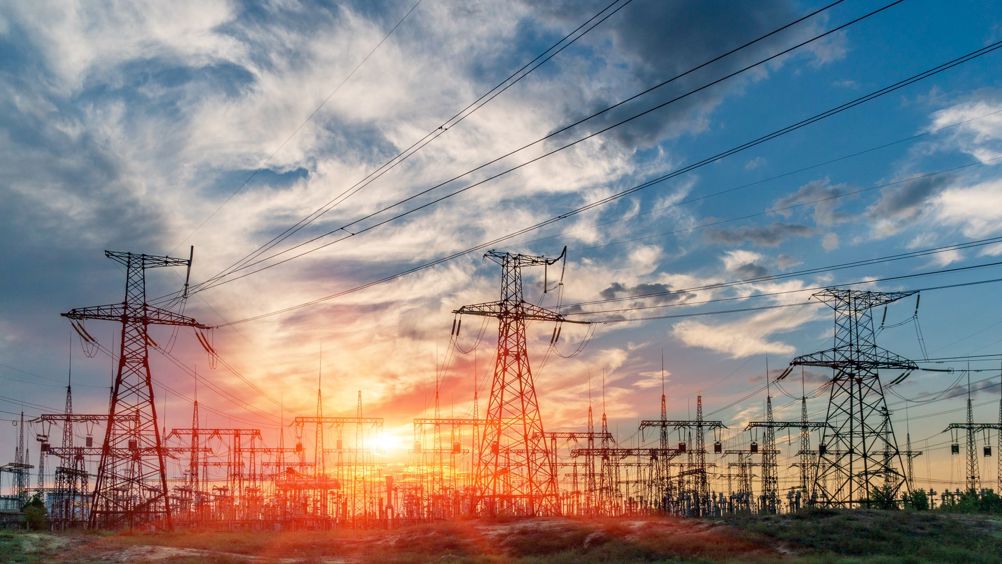Texas team uses AI to prevent power outages
Researchers at the University of Texas at Dallas have developed an AI model that could help prevent power outages by rerouting electricity in milliseconds.

Published in Nature Communications, the study describes “self-healing grid” technology that uses AI to detect and repair outages autonomously and without human intervention. Using various scenarios in a test network, the Texas team demonstrated that their solution could automatically identify alternative routes for electricity before an outage occurs. According to the researchers, AI can reroute grid power in microseconds, while current human-controlled processes could take anywhere from minutes to hours.
“In this interdisciplinary project, by leveraging our team expertise in power systems, mathematics and machine learning, we explored how we can systematically describe various interdependencies in the distribution systems using graph abstractions,” said study co-author Dr Yulia Gel, professor of mathematical sciences at the University of Texas.
“We then investigated how the underlying network topology, integrated into the reinforcement learning framework, can be used for more efficient outage management in the power distribution system.”
The approach relies on reinforcement learning that makes the best decisions to achieve optimal results. If electricity is blocked due to line faults, the system can reconfigure using switches and draw power from available sources in close proximity, such as from large-scale solar panels or batteries on a university campus or business. After focusing on preventing outages, the researchers will aim to develop similar technology to repair and restore the grid after a power disruption.
Register now to continue reading
Thanks for visiting The Engineer. You’ve now reached your monthly limit of news stories. Register for free to unlock unlimited access to all of our news coverage, as well as premium content including opinion, in-depth features and special reports.
Benefits of registering
-
In-depth insights and coverage of key emerging trends
-
Unrestricted access to special reports throughout the year
-
Daily technology news delivered straight to your inbox










Water Sector Talent Exodus Could Cripple The Sector
Maybe if things are essential for the running of a country and we want to pay a fair price we should be running these utilities on a not for profit...